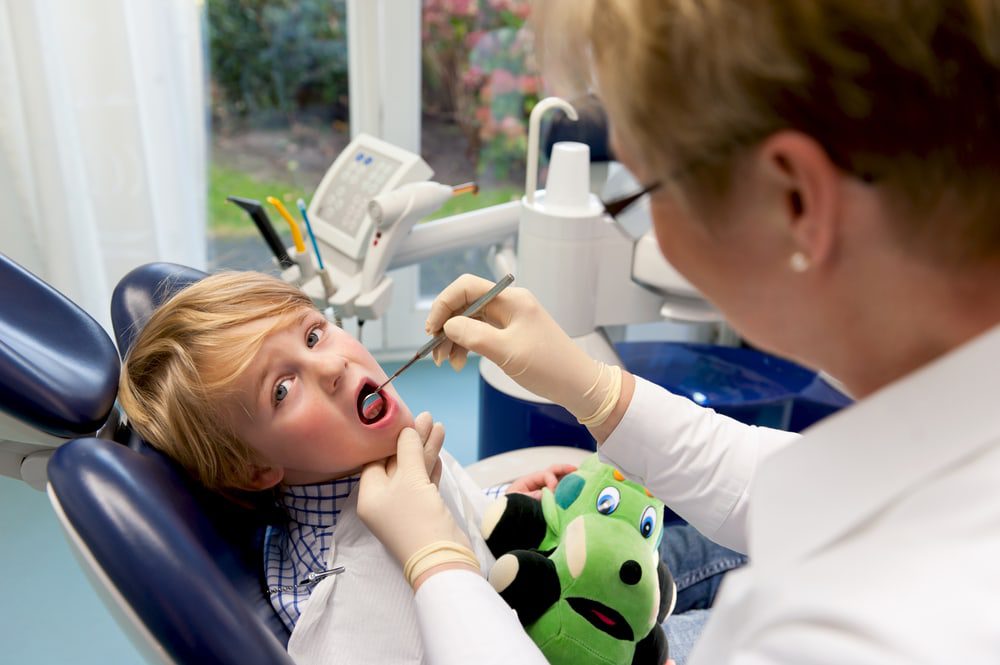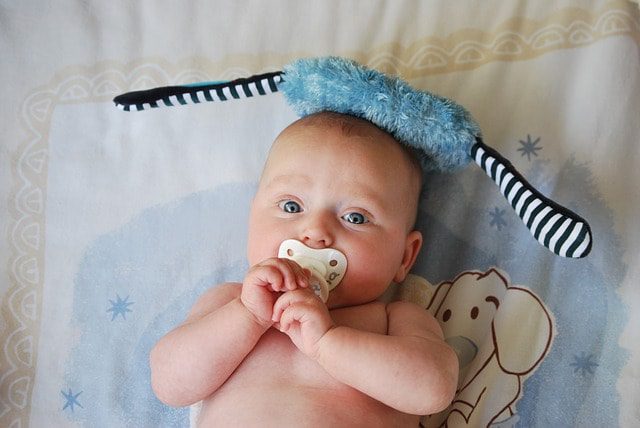
At Children’s Dental FunZone we find that one of the most prominent questions we get asked is what type of toothbrush is best. Parents may be wondering whether a high-tech powered toothbrush may be more effective in cleaning children’s teeth than a manual toothbrush. Dental experts at the Children’s Dental FunZone suggest that parents take time to review the advantages of both methods so that they may decide on which one their children should use.
Many children think that electric toothbrushes are a lot of fun and this makes them more enthusiastic about brushing their teeth. Because of the powered rotation and stroke action, parents believe that electric toothbrushes are more efficient and clean teeth quicker than the manual version. The current demand for electric toothbrushes has skyrocketed in the last few years because of this. Some dentists believe that the combined rotation and oscillation actions in electric toothbrushes are more effective in removing plaque from the teeth. While research does not show a significant difference in the amount of plaque removed, we recommend an electric toothbrush if it will get the kids excited about brushing and assure that they will do so twice a day.
Manual toothbrushes, on the other hand, can be just as effective as their high-tech counterparts. Their soft bristles help clean teeth surfaces and effectively remove plaque and even food deposits. Some children may prefer to use manual toothbrushes because the vibration and powered motion of electric brushes may make their gums bleed. Manual toothbrushes on the market today have added technology that make them more effective. Crisscrossed bristles, rounded tips, ergonomically designed handles, angled brush heads, gum stimulators, tongue cleaning pads—these are all advanced features incorporated into the conventional toothbrush to make them more effective in cleaning and maintaining dental health for children and adults alike.
Overall, it doesn’t matter whether your child prefers to use an electric or a manual toothbrush. What it all comes down to is the proper technique that they use in brushing their teeth, the frequency with which they do it, and how well they actually clean their teeth each time. The most important take home message is that they make sure to brush two times a day, focusing their attention on the fact that the bristles of the toothbrush glide against the gums. They also have to brush their “back teeth” or their molars just as much as they brush the teeth they can see in the mirror. With proper brushing technique and regular dental visits, the pediatric experts at Children’s Dental FunZone are confident that your child will have a healthy smile for years to come.

